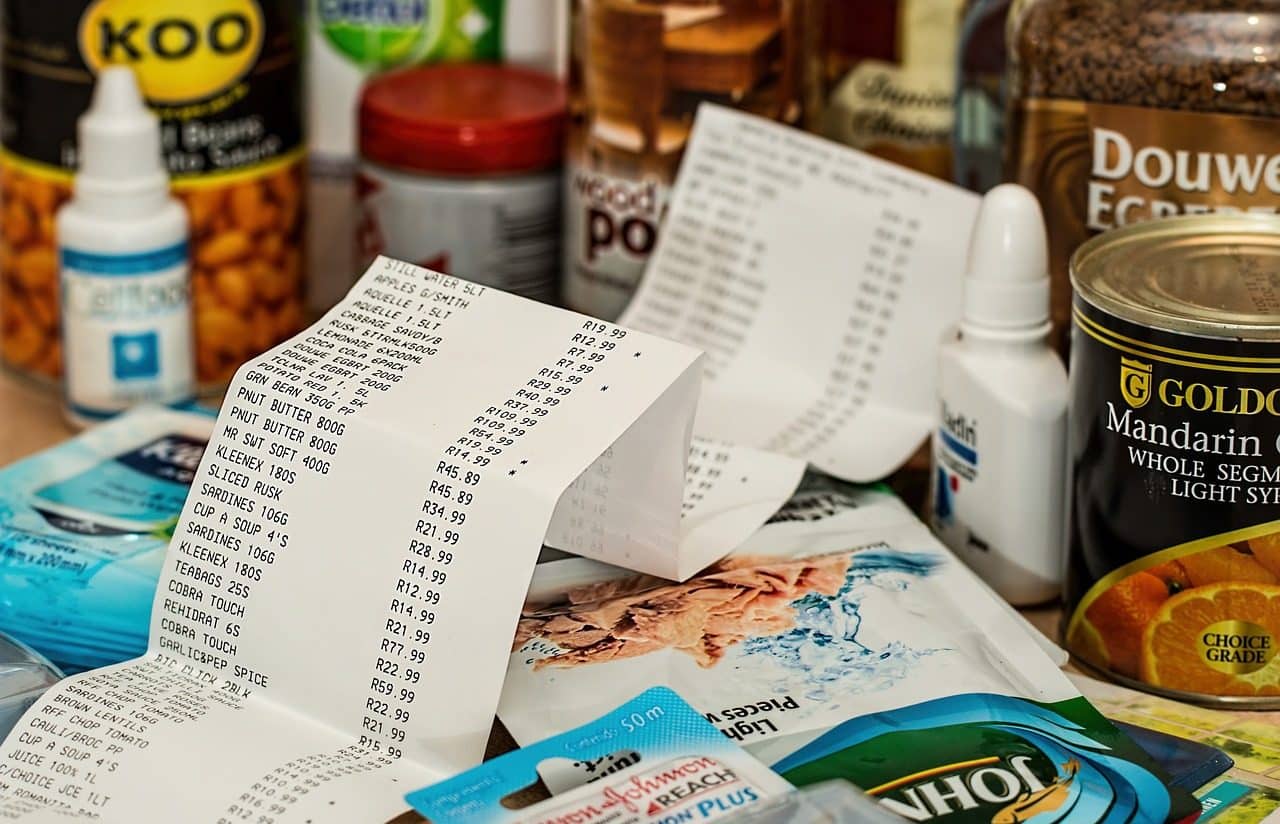
A receipt is proof of payment.
Receipt is the action and result of receiving (getting or taking something). The term can refer to a conjugation of this verb or be used as a noun to name the document where it is recorded that a person has received a payment or certain goods.
For example: "As soon as I enter the room, I receive a blow on my head and I faint" , "Don't forget to sign the pay slip before leaving" , "Once I found the receipt, the problems ended since Fabián "He was forced to stop demanding the money from me."
The receipt as proof
Receipts, as a document , serve as proof . Suppose a man hires a gas fitter to make a new connection in his home. Both agree that the payment will be made in two installments: when the owner of the house pays the first of them, the gas supplier gives him a receipt that acts as proof. On the paper you can read: "I received from Mr. In this way, in the event of a possible claim from the gas operator for alleged non-payment, the person who contracted the service can show the receipt, which must be signed by the person who keeps the money.
There are various receipt formats. In some cases, the same receipt is completed in duplicate , leaving one copy for the person who pays and another for the person who obtains the money. In other cases, an invoice can serve as a receipt.

Sometimes receipt is used as a synonym for ticket or ticket .
Other similar documents
The difference between an invoice and a receipt, however, is important, since receipts generally do not have fiscal value nor do they function as a receipt linked to a tax . There are other related terms, which are also usually perceived as synonyms by the general public, although a businessman must understand them perfectly to try to run his business with the greatest transparency and legality possible.
Let's look at these documents below:
- Ticket : it is the only one that can be used as a synonym for receipt since it is given by a person to their clients so that payment for a service or product is certified . In Spain , for example, since 2013 the simplified invoice has been used instead. Normally it does not include the buyer's information .
- Delivery note : it is proof that leaves evidence that the delivery of a specific merchandise has been made. It has no tax validity and in many cases it does not even specify the economic amount of the merchandise it contains.
- Invoice : this document is what effectively proves that a commercial transaction has taken place. It is a legal document that almost any company and self-employed person is obliged to issue to record their sales of products and services.
- Pro forma invoice : it is the same as the ordinary invoice, although the transaction it reflects has not yet been carried out. Normally, it indicates a validity period after which the prices of the products and services may vary. Needless to say, this document has no legal validity and does not justify payment , but it is also important to specify in the heading that it is not an ordinary invoice, but a proforma, to avoid confusion and potential problems.
The main difference between the invoice and the receipt is that the former acts as a request for payment for the delivery of products or the performance of services , while the latter serves as proof that the same has been made. Regardless of the legal issues, in some countries people confuse these terms even when acting according to the requirements of the law, something very common with various technical concepts related to commerce and economics, which also occurs in the banking field with its different types. accounts, for example.
